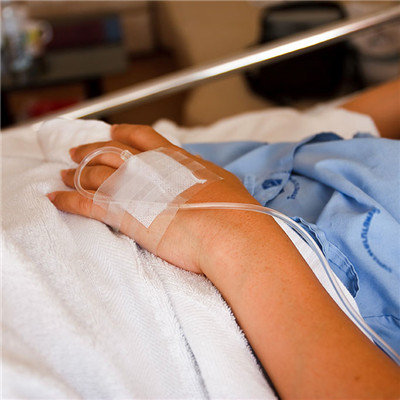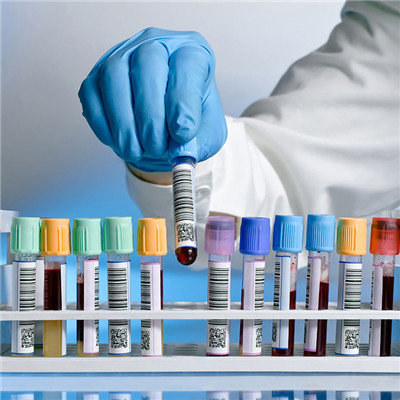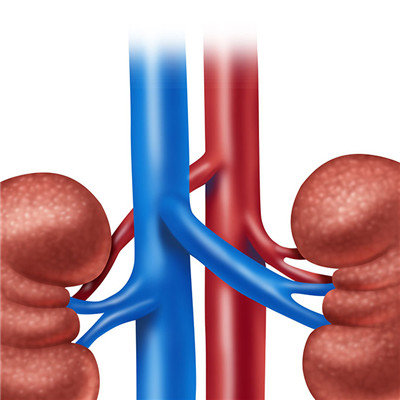Symptoms of Acinetobacter baumannii infection?
summary
Acinetobacter baumannii (AB) is an important pathogen of nosocomial infection. In recent years, the infection is increasing, and its drug resistance is becoming more and more serious, which has caused serious concern of clinical and microbiologists. AB mainly causes respiratory tract infection, septicemia, urinary tract infection, secondary meningitis and so on. AB is widely distributed in hospital environment and can survive for a long time. It is a great threat to critically ill patients and patients in CCU and ICU. This kind of infection is also called ICU acquired infection. Carbapenem resistant Acinetobacter baumannii has developed rapidly in China. Recently, the "all resistant" Acinetobacter baumannii has appeared in Taiwan and the mainland, which should be highly vigilant. Symptoms of Acinetobacter baumannii infection? Let's talk about it
Symptoms of Acinetobacter baumannii infection?
1、 As far as the source of infection is concerned, there are both exogenous infection and endogenous infection. Inhalation of bacteria in oropharynx may be the main pathogenesis of endogenous infection. There are often fever, cough, chest pain, shortness of breath and bloody sputum. There may be fine moist rales in the lungs. Lung imaging often showed the characteristics of bronchopneumonia, but also lobar or patchy infiltrative shadow, occasionally pulmonary abscess and exudative pleurisy.

2、 Wound and skin infection, surgical incision, burn and wound are prone to secondary Acinetobacter skin infection, or mixed infection with other bacteria. There was no significant difference between the clinical features and other bacterial infections. Most of them have no fever. Occasionally, it can be manifested as cellulitis.

3、 Acinetobacter infection in genitourinary system can cause pyelonephritis, cystitis, urethritis, vaginitis, etc. it can also present asymptomatic bacteriuria, but it can't be distinguished from other bacterial infections in clinic. The predisposing factors are indwelling catheterization, cystostomy, etc.

matters needing attention
① Early, positive and regular treatment of primary diseases, promote wound healing, correct organ failure, standardize the use of antibiotics, targeted and rational use of antibiotics; ② We should accurately grasp the indications of diagnosis and treatment, avoid unnecessary invasive diagnosis and treatment, strictly standardize the diagnosis and treatment, and shorten the hospitalization and treatment time, such as extubation as soon as possible and deep venous catheter removal; ③ Cut off the spread of Acinetobacter baumannii, such as isolation of infected patients, disinfection of ward environment and bedside hands, strengthen the monitoring of Acinetobacter baumannii in the environment















